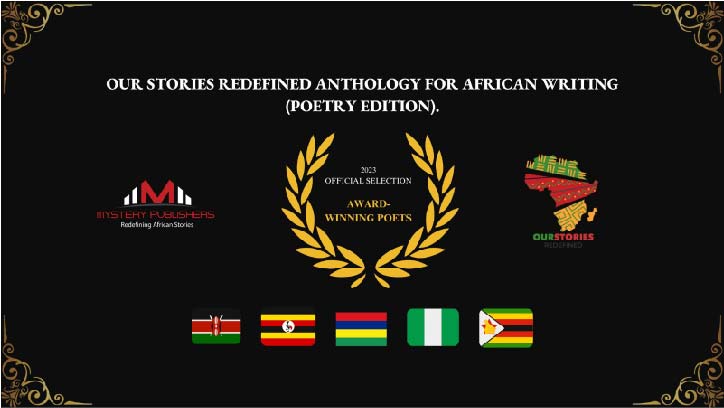Manuscript length depends on word count. Most genres have expected word lengths, which have been driven by audiences—in terms of their own expectations of the genre, as well as professional expectation. For instance, children’s books are shorter than science-fiction for adults because children have shorter attention spans than adults. Moreover, publishers do have house requirements for the manuscripts they publish, mostly influenced by the cost of production.
Adhering to the expected word demonstrates that the author understands their target audience and market, and publisher’s requirements.
The following are expected (read standard) word lengths for adult fiction:
- Flash Fiction:
- 6 – 500 words,
- between 500 – 1,000 words is long flash fiction.
- Short Story:
- between 1000 and 8000,
- between 5000 and 10,000 words is a long short story.NOTE: Short story competitions specify word count requirements in their entry guidelines.
- Novella: Between 10,000 and 40,000 words
- Novel: A manuscript over 40,000 words is considered to be a novel. However, generally a 50,000-word novel would be the minimum word count. Most novels are between 60,000 and 100,000 words. A single novel can be longer, but once the length is above 110,000 words publishers may look at cutting it back, unless it is a particular kind of book—books over the 110, 000-word count are usually considered ‘epics’.
- Here are some of the genres in a little more detail:
- Adult fiction (commercial and literary): Between 80,000 – 100,000 words;
- Science and fantasy fiction: Between 90,000 – 120,000 words. They are the exceptions to the ‘word-limit’ rule, but even so they don’t usually exceed 150,000 words because audiences of this genre are happy to read epic novels, they expect it to take time to build the fantasy world around them and want to immerse themselves into that world for some time;
- Romance novels: Between 50,000 – 100,000;
Sub-genres:- Regency,
- Contemporary,
- Historical,
- Paranormal,
- Erotica,
- Chick lit.
- TIP: Aim for somewhere in the middle.
- When writing a romance novel, consider the reader:
- Where and how will they be reading your book? On the plane/bus/train, by the pool, on the commute to work, book club, etc?
- What do you think they want out of the book—a quick, light-hearted read, or an epic love story? This will have an impact on where you take your word count. This can be applied across all the genres really.
- Historical fiction: Between 90,000 – 120,000 words. Similar to sci-fi and fantasy-fiction where new worlds are being created—should be real and believable to the audience: too much information/detail equals to boring, too little information/detail and time period is not well-created.
- TIP: Aim for the 100,000-word mark in order to offer up something that is rich in detail, but not tedious to read.
- Crime/Mysteries/Thrillers/Horror fiction: Between 70,000 – 90,000 words.
All these categories have one major thing in common: suspense. Any book that falls into this category needs to be a real page-turner—too many words and you risk losing your audience, too few and they might feel like they missed something. - Young adult fiction: Between 50,000 – 80,000 words. However, sub-genres like sci-fi YA could be expected to be a little longer due to the world-building requirements and also the expectations of the reader for this genre. But general YA titles should always keep in mind the age of their targeted audience and realistically consider their attention-span to an ‘epic’ versus something they can read comfortably before moving onto their next book ‘conquest’.
- Children’s fiction: depends on age.
- Non-fiction: No specific word count here because many non-fiction books are acquired on concept rather than a complete manuscript. Sub-genres:
- memoir,
- history,
- photography,
- reference,
- novelty,
- motivational/self-help,
- biographies,
- autobiographies,
- guidebooks, etc.




